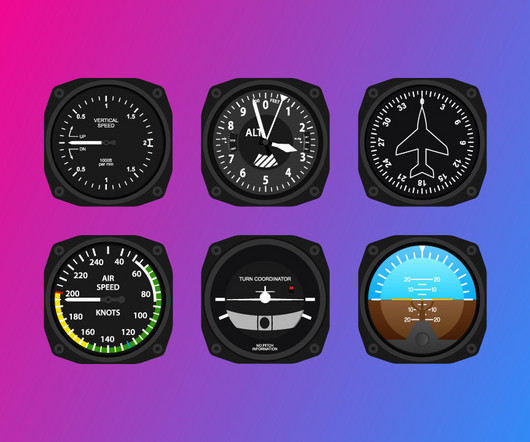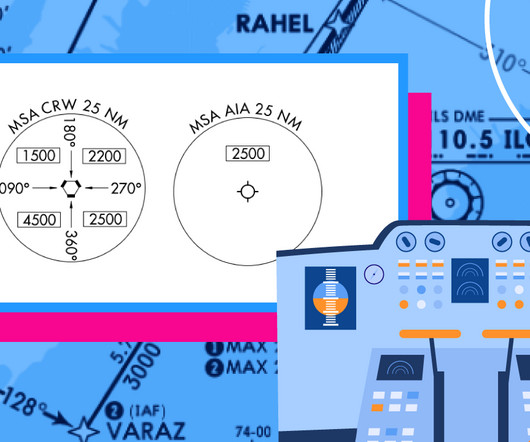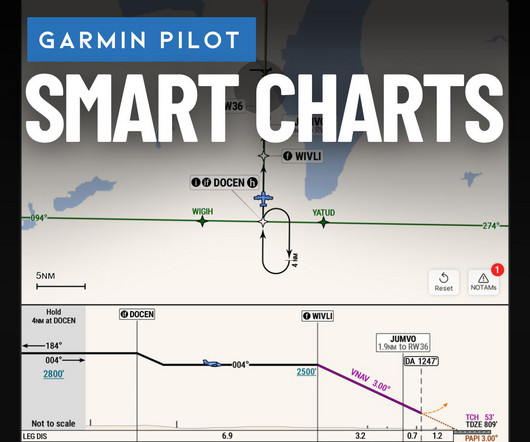Trial by Ice
Air Facts
MAY 5, 2025
Just north of Jefferson City, the Kansas City Center controller cleared us to the Jeff City VOR, which was on the airport, to hold at 4,000 feet. I got out my instrument approach chart and studied the holding pattern and the VOR approach procedure. How can this be? Then my worst fears became reality.

















Let's personalize your content